
As a gamer, there are just some sounds that instantly hit different, you know? I can recognize them immediately, even without seeing the game on screen. It’s more than just familiarity though – these sounds tell you things. They let you know if you’re low on health, how close you are to winning, if danger is near, or when you’ve earned something cool. They’re totally built into how you play. I’ve put together a list of some of the most iconic sound effects – the ones you can identify just by hearing them – and what they mean in the game. I’ll also mention the developers and publishers behind each title, because they’re the ones who created these awesome audio experiences that have stuck with us all.
‘Super Mario Bros.’ (1985)
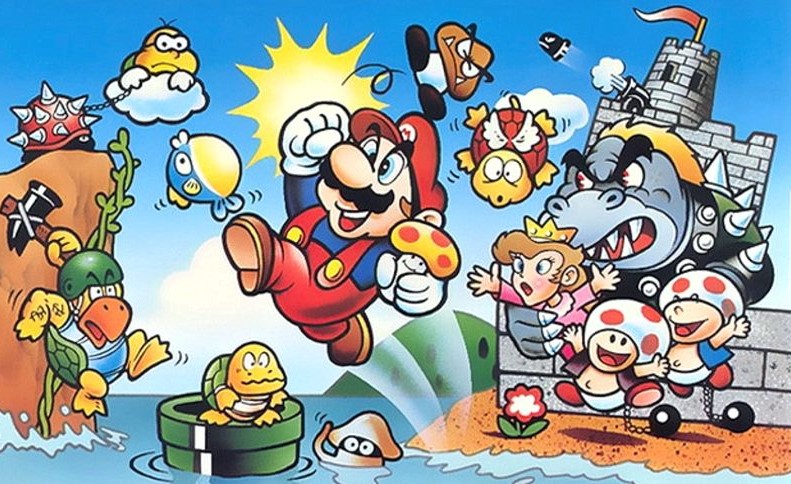
As a gamer, I immediately know when I’ve grabbed a coin or made a jump thanks to those classic, cheerful sounds. It’s awesome how the game shows you things are happening – like when Mario grows after a mushroom – without needing to constantly look at the screen for updates. That little ‘1-Up’ jingle is instant confirmation that I’ve got another life! Nintendo really nailed it with these sounds on the original NES; they basically set the standard for how arcade games give you feedback through audio. It’s a sound design template I still recognize in tons of games today.
‘The Legend of Zelda’ (1986)
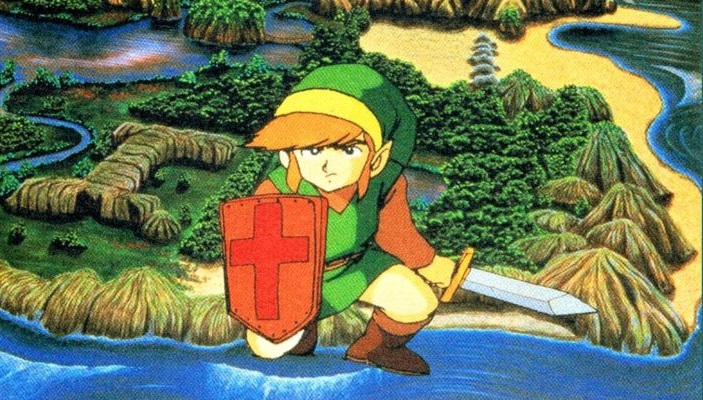
A cheerful tune plays whenever you interact with the environment – like moving a block, breaking a wall, or finding a secret path, letting you know something happened. If your health gets low, you’ll hear beeps reminding you to find a health boost before fighting. A distinct chime signals when you’ve collected a new item, like a key or helpful tool. Nintendo created these sounds to help players explore and understand the game without relying on on-screen text.
‘Metal Gear Solid’ (1998)

When a guard shouts “alert,” you’ll immediately know you’ve been spotted, and the game will increase its search for you. A distinct “codec” sound signals incoming communications and temporarily pauses the action for story scenes. Realistic footstep and wall-knock sounds help you understand how much noise you’re making while trying to sneak around. This game’s sound design, created and published by Konami Computer Entertainment Japan, was key to making stealth gameplay clear and understandable.
‘Minecraft’ (2011)
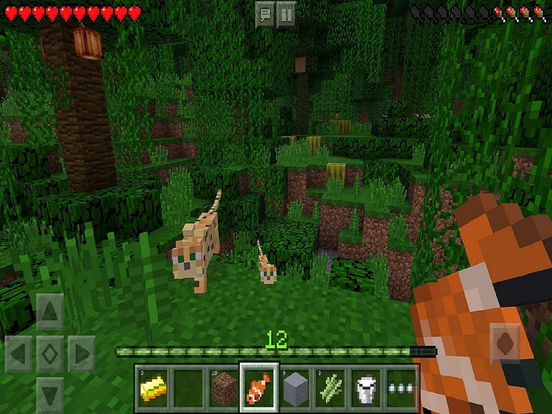
A creeper’s warning hiss signals an upcoming explosion, forcing players to quickly move away. The sounds and feel of breaking and placing blocks confirm actions like mining and building. As darkness falls and cave sounds increase, players are subtly alerted to growing danger. Originally developed and published by Mojang Studios (now under Microsoft), the game uses these effects to help players survive and understand what’s happening as they craft and build.
‘Halo: Combat Evolved’ (2001)

The sounds in the game are designed to help you during combat. A humming noise means your shield is recharging, letting you know you can jump back into the fight. A crackling sound signals your shield is about to break, warning you to find cover before taking damage. The charging sound of the plasma pistol tells you how powerful the next shot will be and when it’s ready to fire. These audio cues, created by Bungie and published by Microsoft Game Studios, are fundamental to the game’s fast-paced combat.
‘Call of Duty: Modern Warfare 2’ (2009)
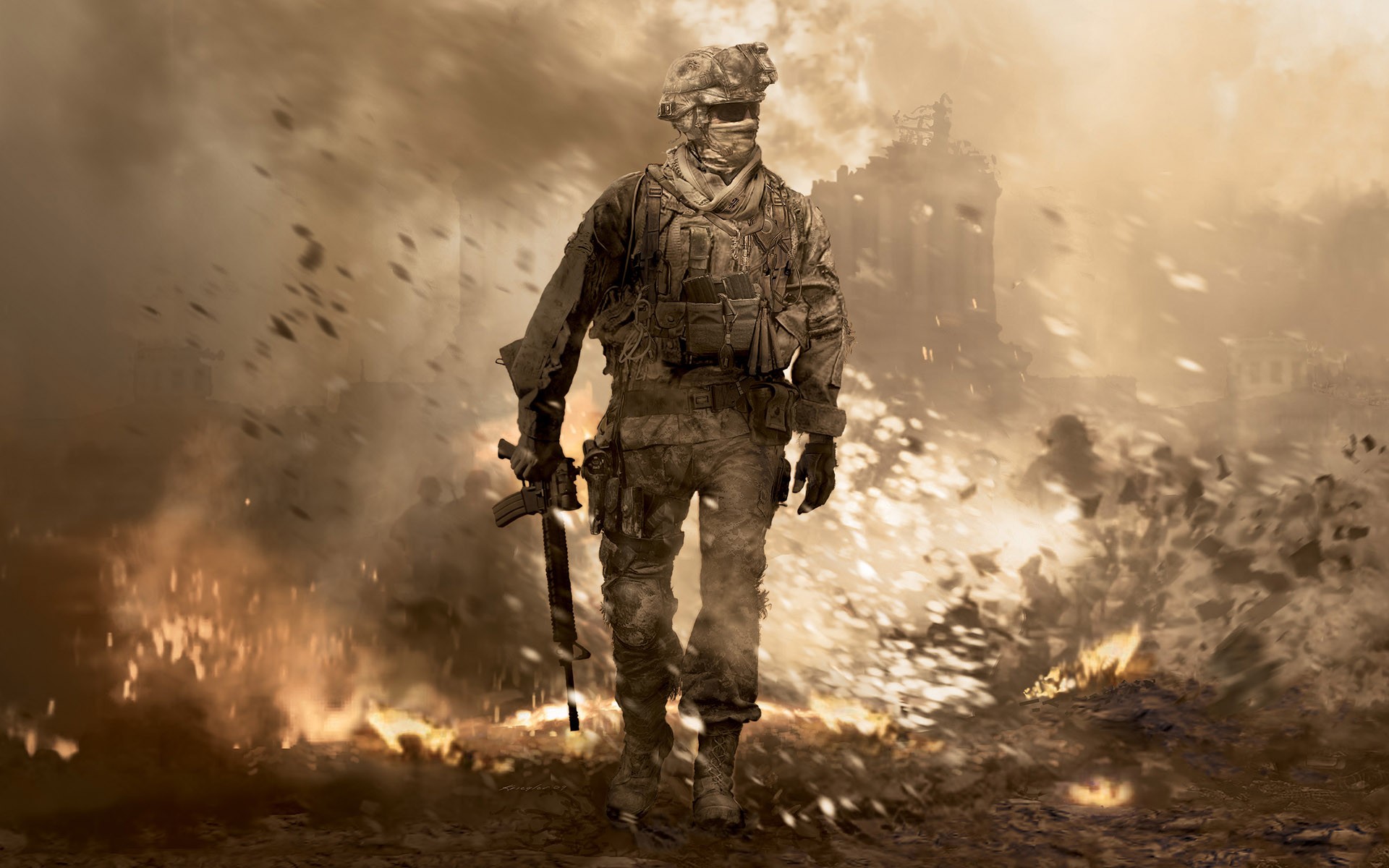
When you hit an enemy, a visual ‘tick’ confirms the connection and helps you control your weapon, even when they’re hidden by smoke or cover. A distinct sound effect lets you know you’ve landed a headshot, differentiating it from a body shot. You’ll also hear a clear sound when a grenade’s pin is pulled, and an alert for nearby dangers. This consistent audio feedback, developed by Infinity Ward and published by Activision, is now a common feature in competitive shooting games.
‘Resident Evil 4’ (2005)

Okay, so the sound design in this game is amazing. That typewriter sound when you save? It’s not just satisfying, it really makes you feel like your progress is locked in, especially since save points are rare. And the way you manage your inventory – that clicking and snapping sound? It’s so clear, you instantly know what’s going where. But honestly, the best part is how the sounds tell you what’s coming. Hearing those Ganado yells or a chainsaw starting up? That’s my cue to get ready for a fight, and quickly figure out what I’m up against. Capcom’s Production Studio 4 really nailed it when they connected all this sound to the way you survive and manage resources – it’s a total game-changer.
‘Street Fighter II’ (1991)

Familiar attack shouts, like “Hadouken!”, give players clues about what attack is coming and when to block or counter. Clear visual and sound effects show whether a hit landed or a block was successful, helping players react quickly. A distinct gong sound instantly signals the end of a round, so you don’t need to watch the timer. Capcom created this game and, in doing so, established a benchmark for audio design in 2D fighting games.
‘Pac-Man’ (1980)
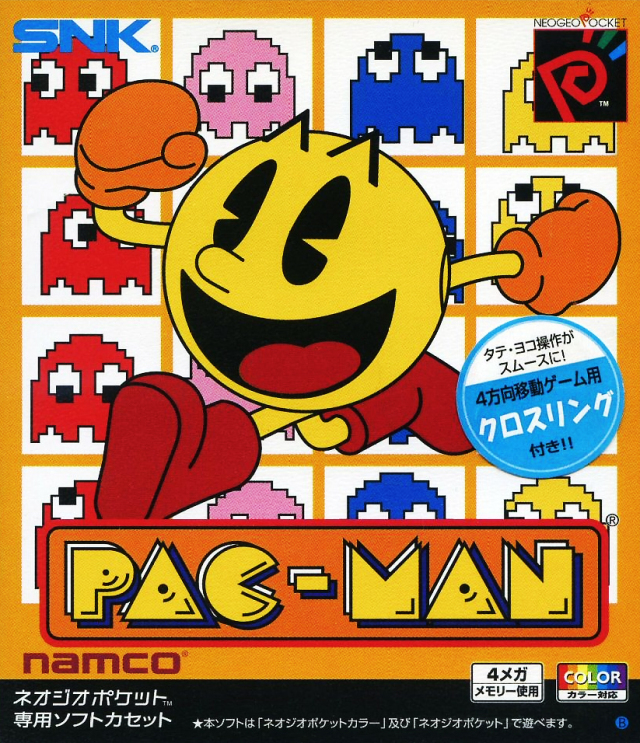
The repetitive “waka-waka” sound lines up perfectly with Pac-Man eating pellets and how quickly he moves. When Pac-Man eats a power pellet, the music changes to a lower tone while the ghosts are vulnerable, then goes back to normal when the effect wears off. A distinct sound signals when a ghost is defeated, resetting its state. Namco created the original arcade game and cleverly used just a few sounds to show what was happening.
‘Sonic the Hedgehog’ (1991)
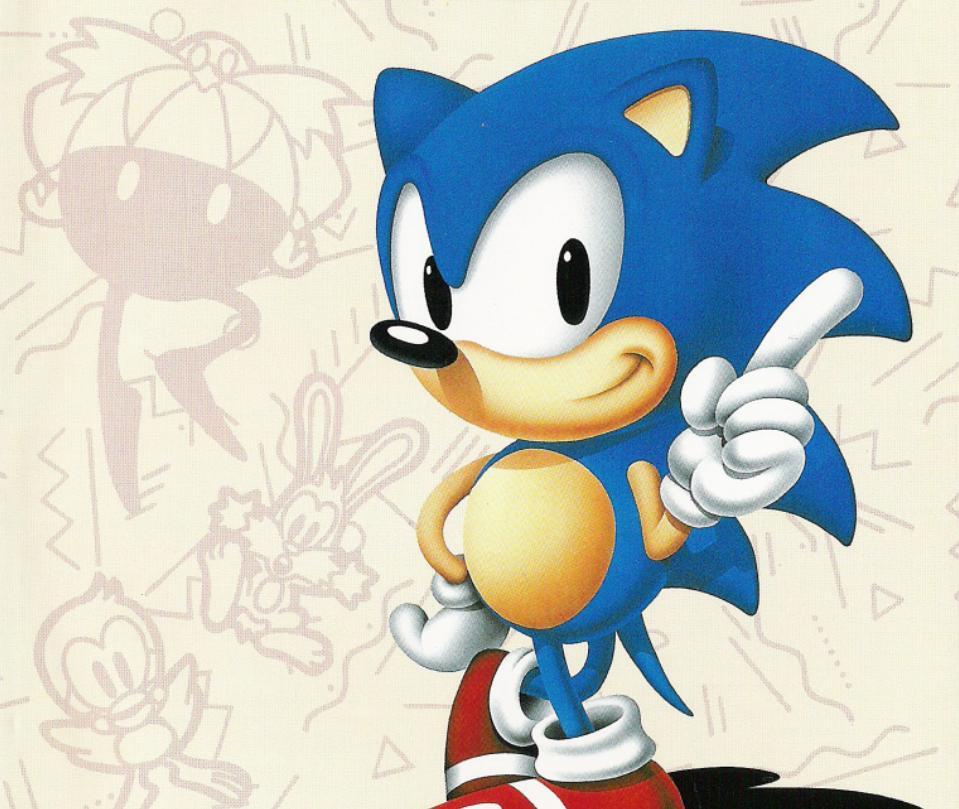
When you collect rings, a cheerful chime lets you know, and helps protect against losing them. If rings scatter with a clanging sound, you’ll immediately know how many you’ve lost and if you need to rush to pick them up. Special shoes and invincibility effects are signaled by unique sounds. Sonic Team created the game and Sega published it, prioritizing audio cues to emphasize speed and the feeling of risk.
‘Half-Life 2’ (2004)
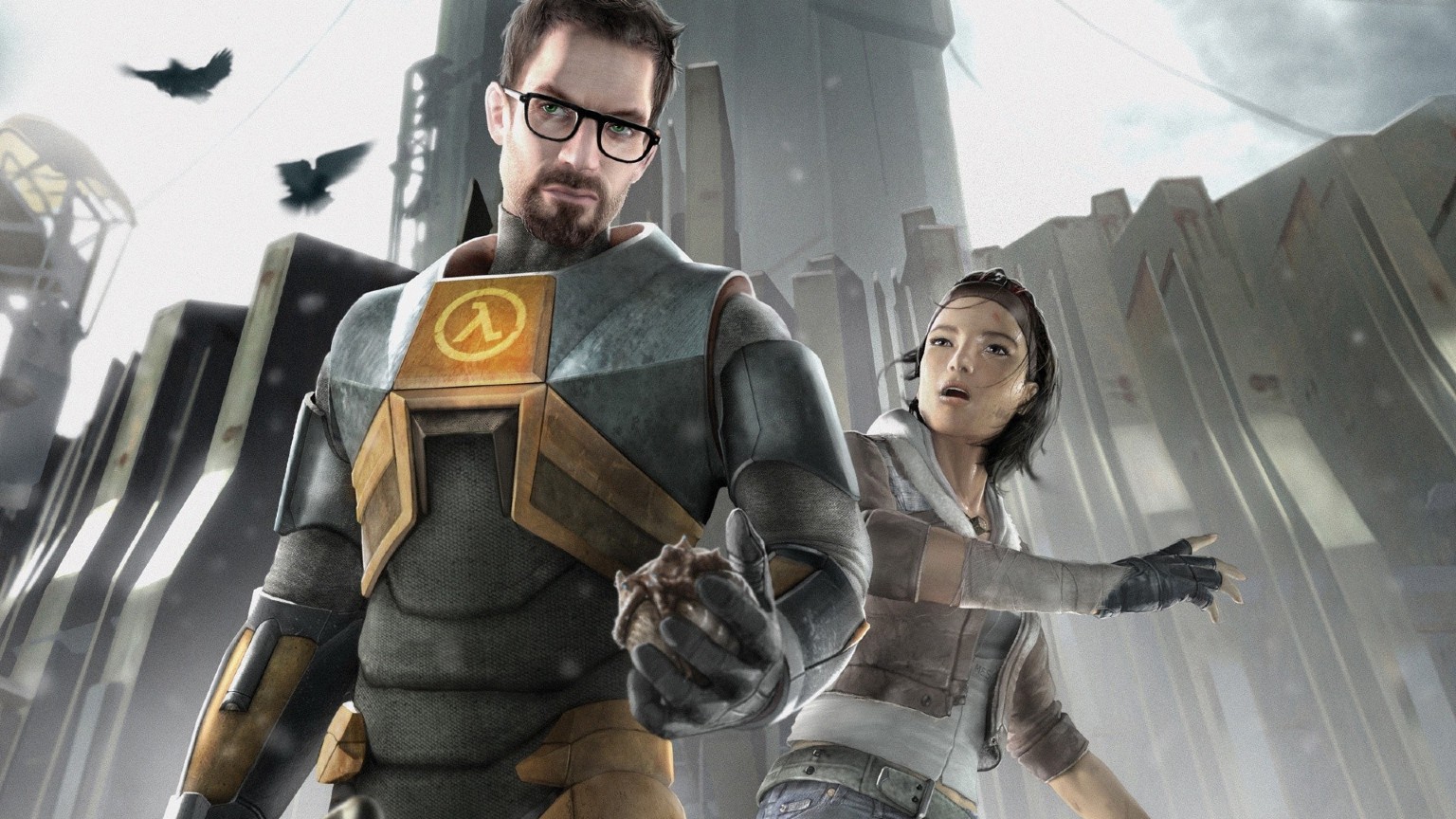
The HEV suit uses different voice alerts to warn you about low health, radiation, and dangerous biological materials. The Gravity Gun makes varying humming sounds to indicate when it’s grabbing an object, charging up, or firing. The Civil Protection radio crackles with information about enemy locations, even when they’re hidden from view. Valve created and released the game (with Vivendi handling initial distribution), and they carefully linked the sounds to the game’s physics and artificial intelligence.
‘Portal’ (2007)
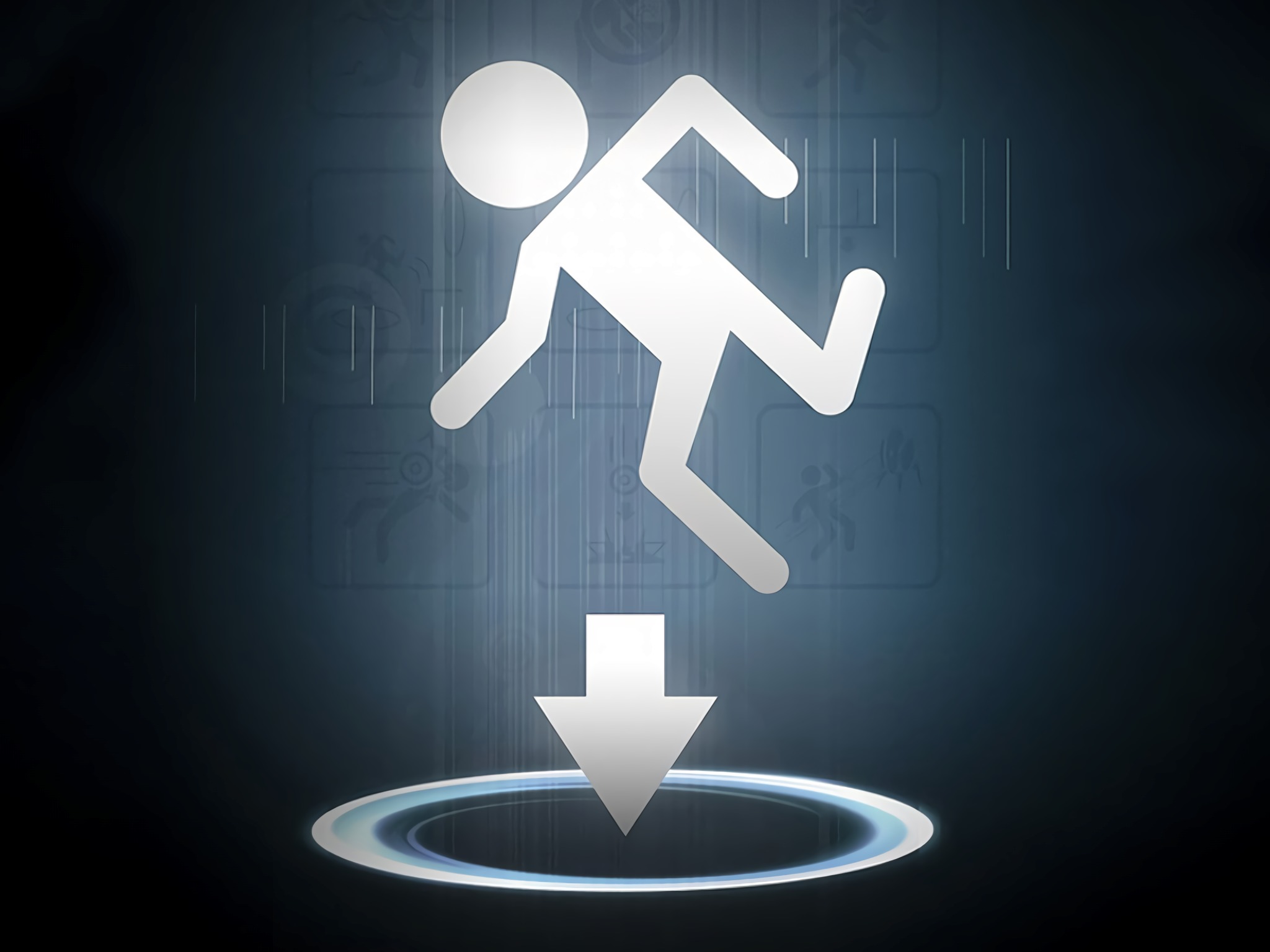
Okay, so in this game, everything has a sound cue to help you out. The portal gun fires two distinct sounds – one for the orange portal, one for the blue – so you can tell which way you’re shooting just by listening. When you flip a switch or open a door, you hear it, which is great for figuring out if you’ve solved a puzzle step. Even the turrets tell you they’ve got you in their sights with beeps and the sound of their lasers moving. Valve really thought about how sound could help you understand the space and solve the puzzles in these test chambers – it’s super clever!
‘Doom’ (1993)
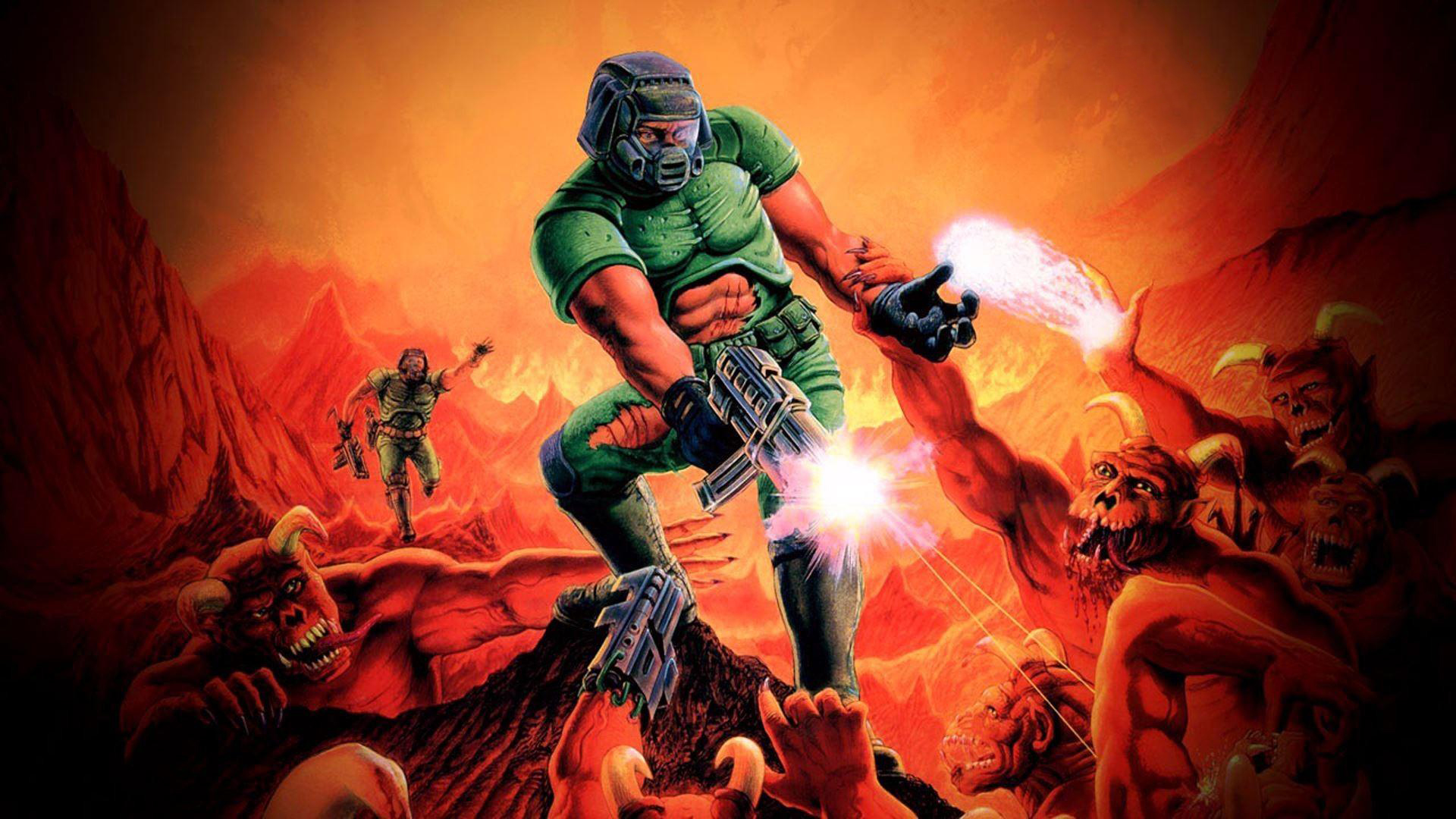
The timing of shotgun sounds – the blast and the reloading action – matches how much damage the weapon does and how quickly it’s ready to fire again. Sounds like doors opening and demons roaring hint at the level’s layout and where enemies are coming from, using stereo sound to guide the player. A beeping sound when a keycard is used clearly shows the player has unlocked a new path. This focus on clear, informative audio during fast-paced action was a new approach pioneered by id Software, the game’s developer, with GT Interactive handling publishing.
‘Overwatch’ (2016)
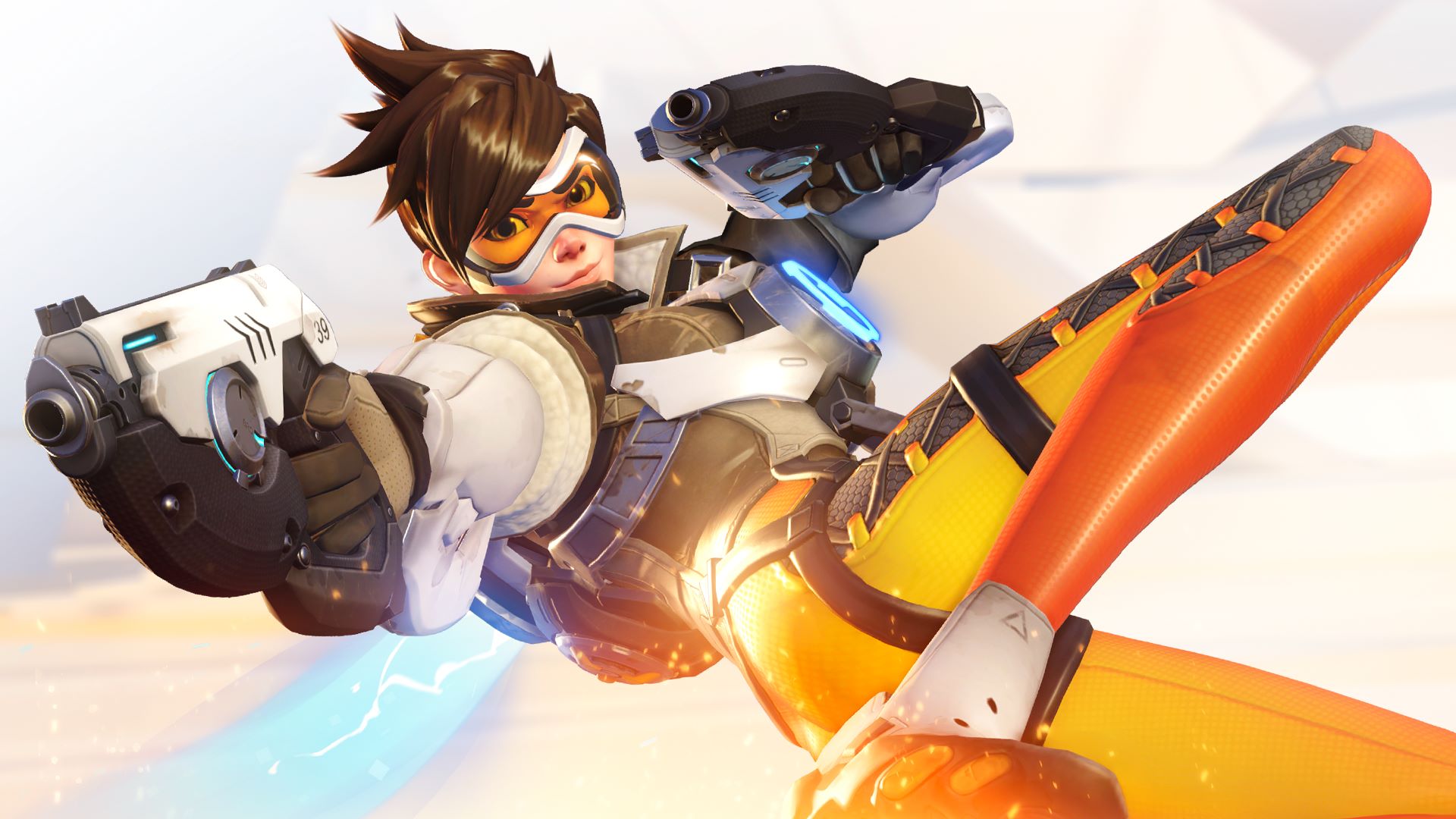
Each hero’s powerful ability is announced with a distinct sound, giving both teams a heads-up. Footsteps and movement sounds help players identify different hero types—like fast attackers versus durable defenders—even when they can’t see them. A clear sound also plays when an enemy is defeated, helping to track targets during intense battles. Blizzard Entertainment created this game with a focus on making it easy for teammates to communicate and coordinate.
‘Fortnite’ (2017)

A humming and sparkling chest helps you find loot, even through walls and floors. Visual and audio cues let you know exactly when structures are built or edited. In team modes, a specific signal tells you if a teammate is just knocked down, not completely eliminated. Epic Games, the creator of the game, carefully adjusted these sounds and effects to control the speed and flow of building, looting, and battles.
‘The Elder Scrolls V: Skyrim’ (2011)

In games like those from Bethesda, sound is cleverly used to give players important information. A dragon’s roar doesn’t just sound fiery – it changes to show how far away it is and how powerful the attack will be. Similarly, the sounds of picking a lock let you feel the tension and know when you’re close to success. You also receive clear audio cues when you complete a quest or level up a skill, so you don’t need to constantly check menus. Bethesda Game Studios and Bethesda Softworks designed this system to provide feedback naturally within the game’s open world.
‘Counter-Strike: Global Offensive’ (2012)
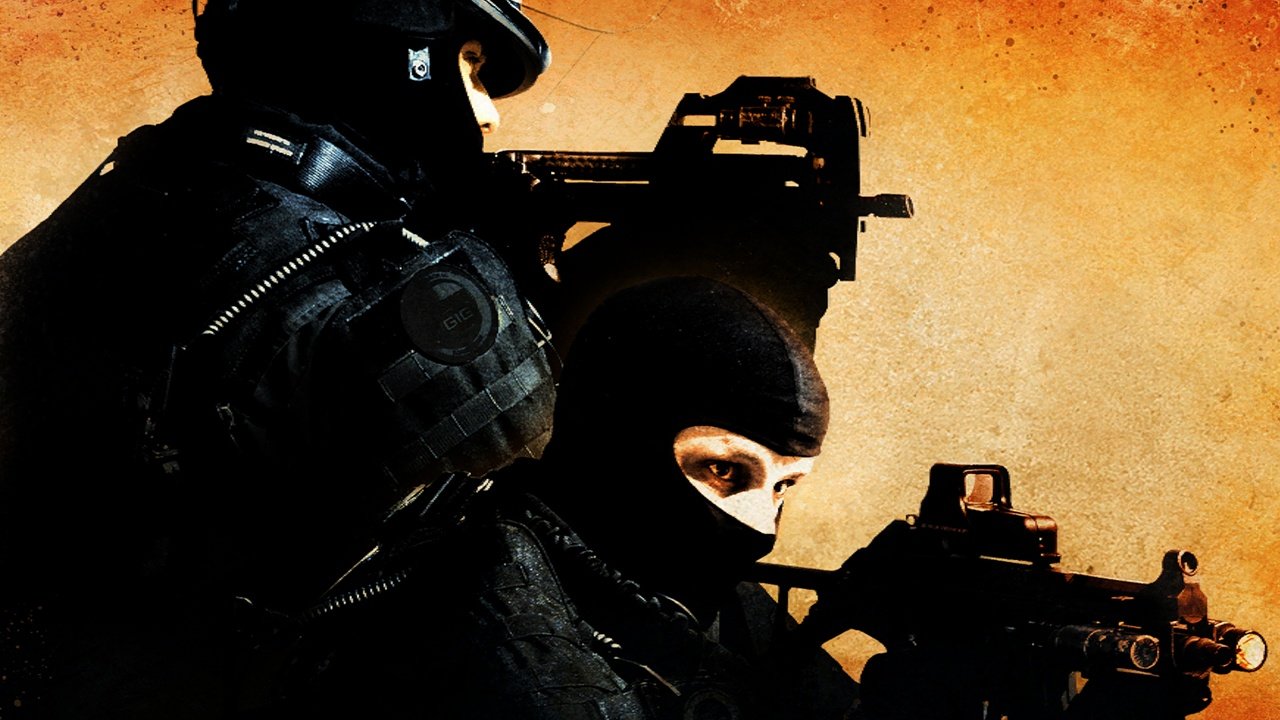
Headshots have a unique sound that differs from body shots, immediately showing how much damage was done. The sounds for planting the bomb and the ticking clock are faster now, giving players crucial timing information for attacking or defending. Different surfaces – like wood, metal, or sand – create distinct footstep sounds, helping players pinpoint enemy locations and movements. Valve, with initial help from Hidden Path Entertainment, created and released the game, focusing on making competitive gameplay clear and easy to understand.
‘Grand Theft Auto: San Andreas’ (2004)

When you successfully complete a mission, a message appears and you immediately receive your reward – no extra screens needed. The increasing sound of police sirens indicates how much trouble you’re in. Realistic engine, tire, and crash sounds let you know how damaged your vehicle is and how well it’s handling during a chase. Rockstar North created the game, and Rockstar Games published it, carefully linking sound effects to everything happening in the open world.
‘Pokémon Red and Blue’ (1996)
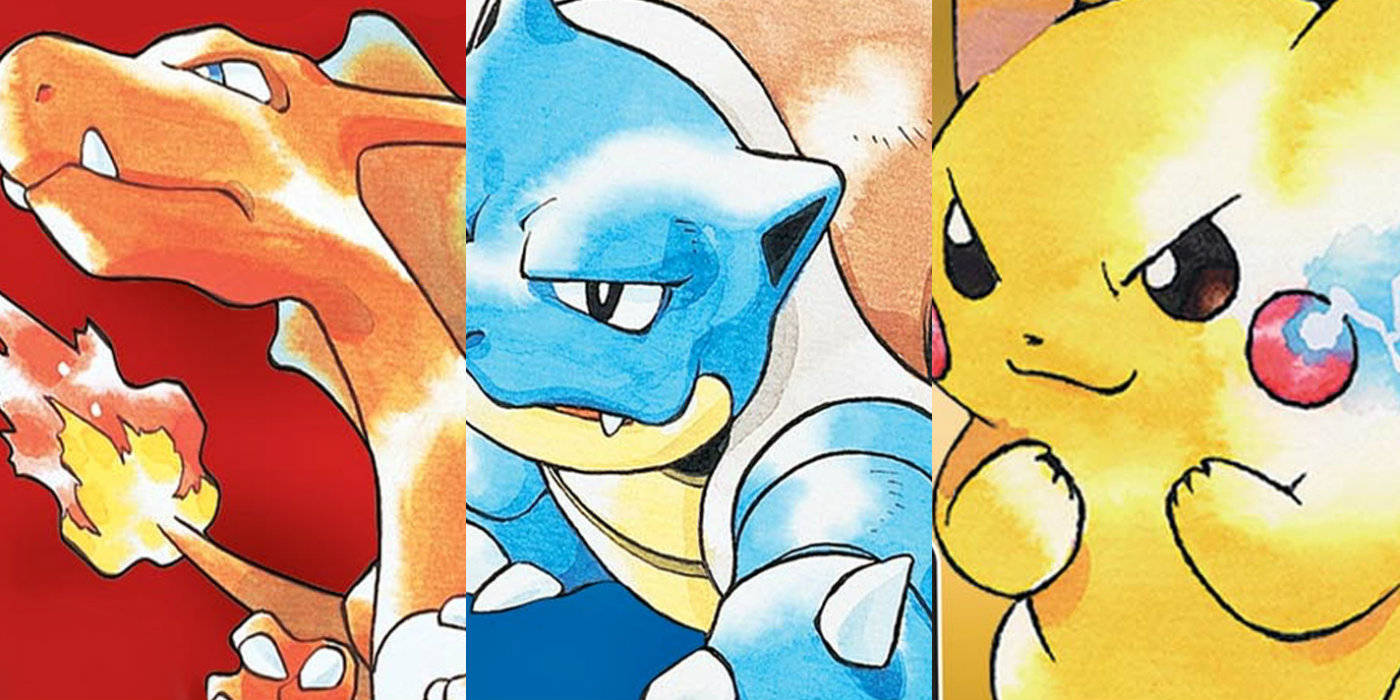
A warning sound lets you know when your Pokémon is low on health, giving you time to heal before the next attack. The shaking of a Poké Ball, followed by a sound, tells you whether you’ve successfully caught a Pokémon or not. Beeps also confirm your selections from the menu and when choosing moves during battles. These sounds were created by Game Freak and published by Nintendo to help players strategize, even on older gaming systems.
‘Tetris’ (1989)
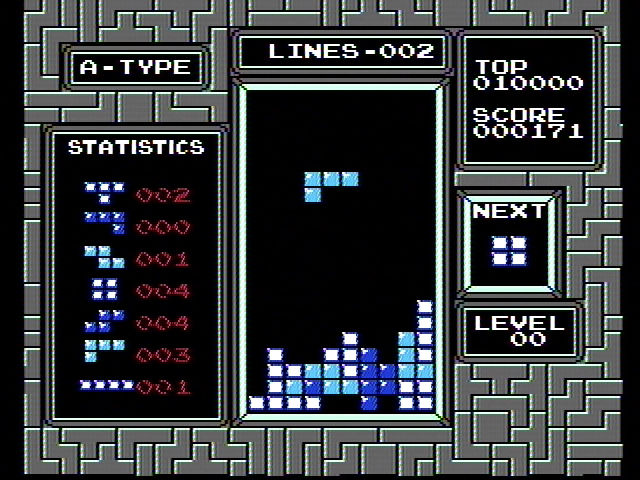
When you clear a line in Tetris, a sound effect lets you know, and it creates space for new pieces. A solid ‘thud’ when a piece lands confirms it’s locked in place. A ‘ding’ means you’re leveling up and the game is getting faster and harder. Nintendo made the Game Boy version, changing the original design by Alexey Pajitnov to give players clear signals when playing on the go.
‘The Last of Us’ (2013)
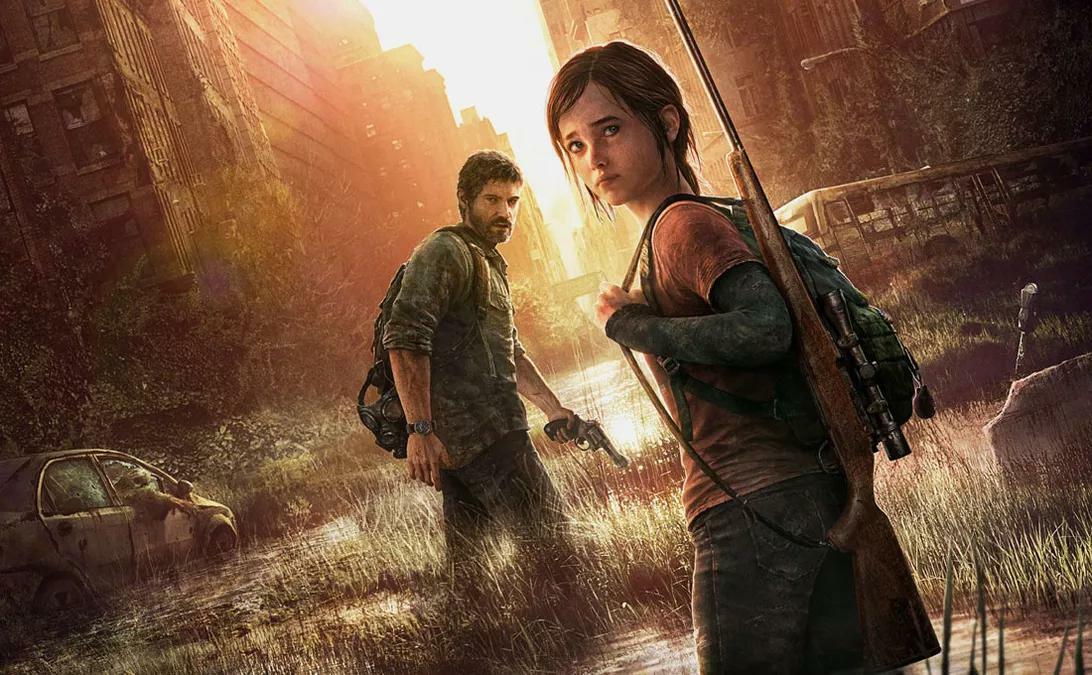
The game uses sound to help you survive. Enemies make clicking noises to warn each other when you’re nearby, even if you’re hidden. When you sneak attack, the sounds are quieter, letting you know if you successfully stayed undetected. Also, the sounds of crafting and managing your backpack help you feel the pressure of time. The game was created by Naughty Dog and published by Sony, and the audio is designed to work closely with the stealth and survival gameplay.
‘Among Us’ (2018)
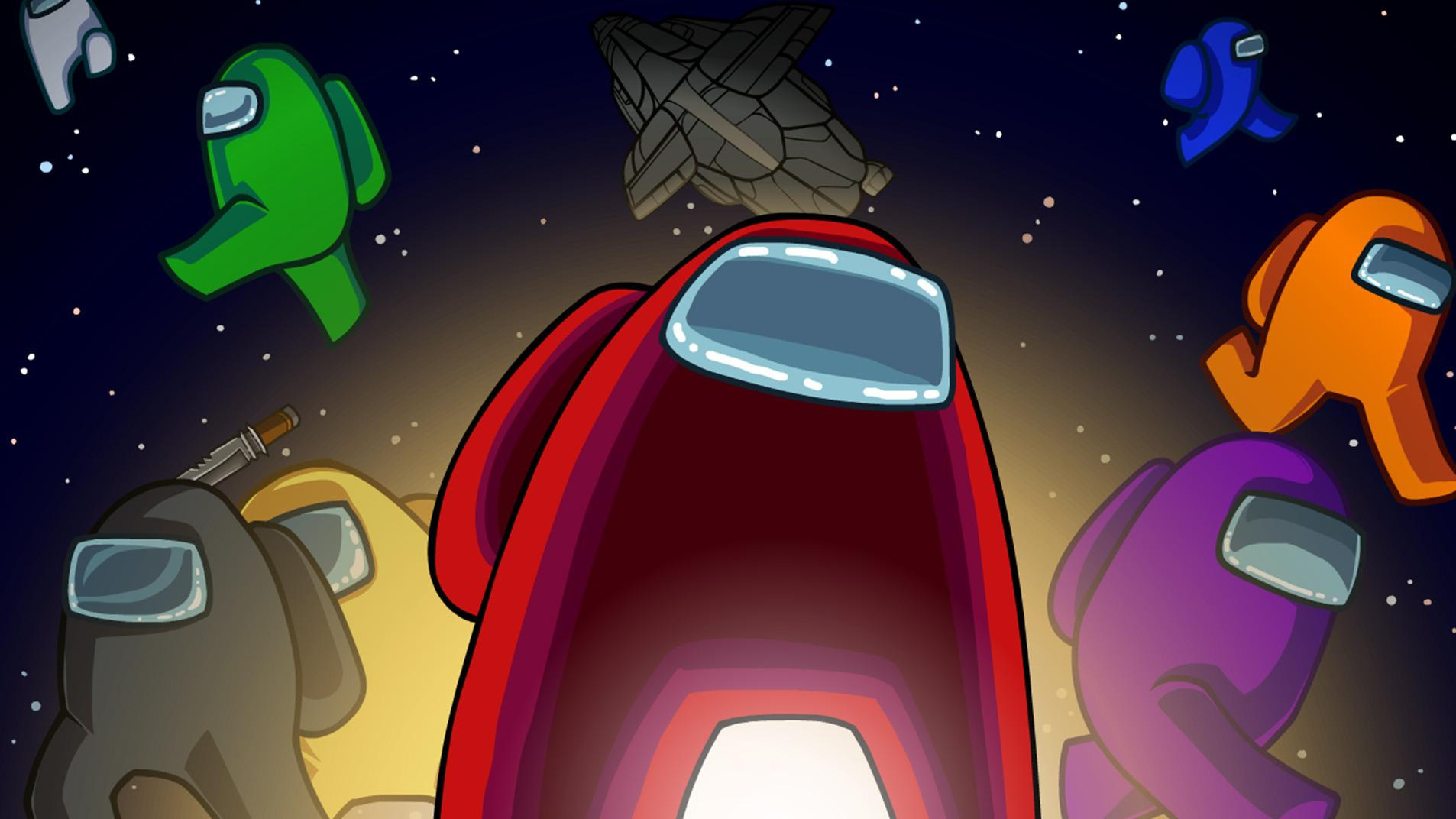
An urgent alarm interrupts the game to start a discussion, where players try to figure out who the impostor is. Once a player is voted out, the game returns to normal tasks or continues with the impostor causing trouble. A distinct sound effect signals when the impostor eliminates someone. The game, created by Innersloth, uses these simple signals to drive the social deduction gameplay.
‘League of Legends’ (2009)
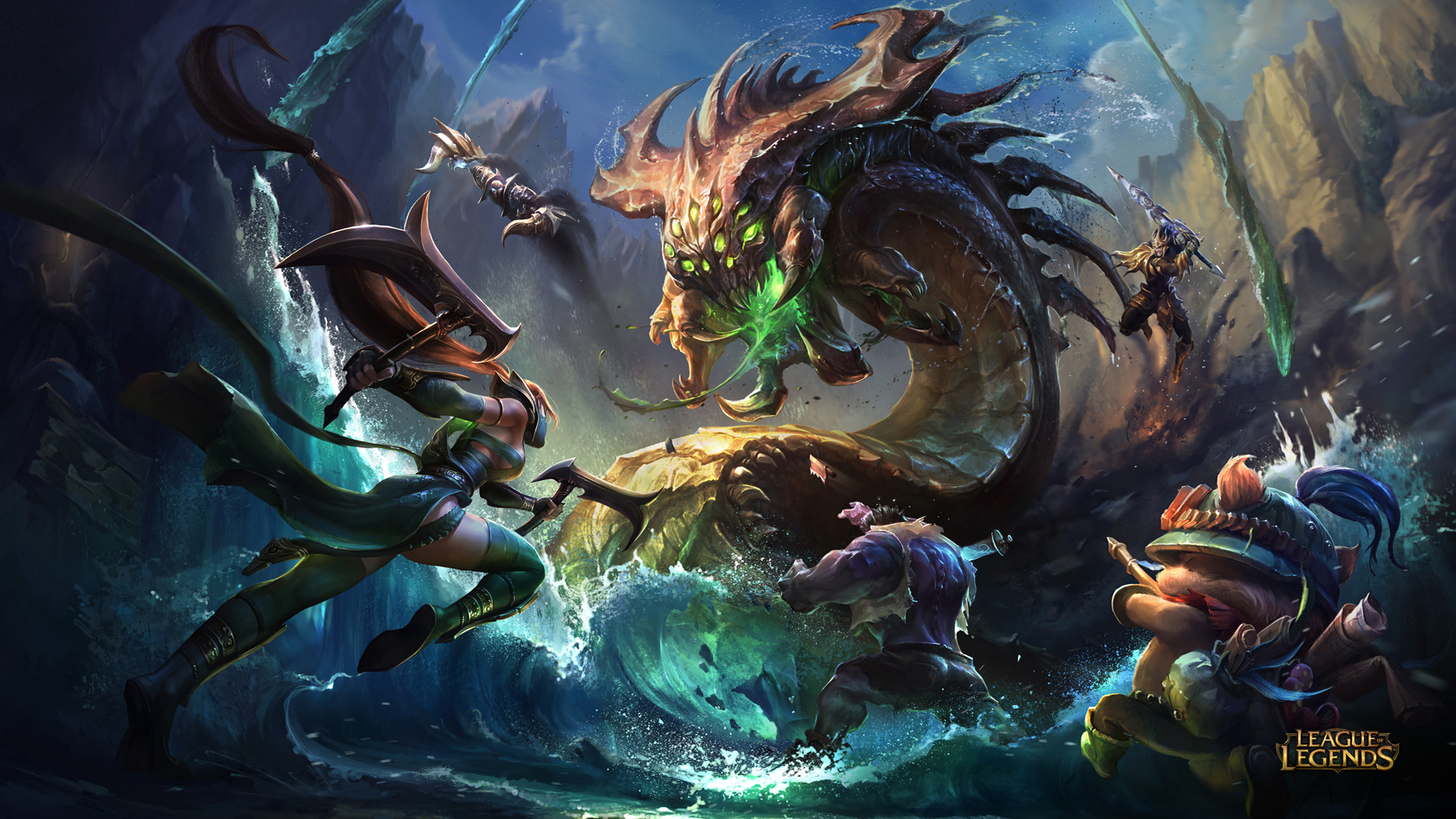
Sounds in the game constantly update players on what’s happening. A cheerful chime lets you know when you’ve gained a level, and a distinct sound confirms when you’ve successfully defeated an enemy minion. Important events like taking down powerful monsters (Baron or Dragon) are announced with unique roars and sounds that everyone nearby can hear. The announcer also highlights key plays, like a series of kills, to show which team is gaining an advantage. These sounds were carefully designed by Riot Games to be clear and consistent throughout the game.
‘World of Warcraft’ (2004)
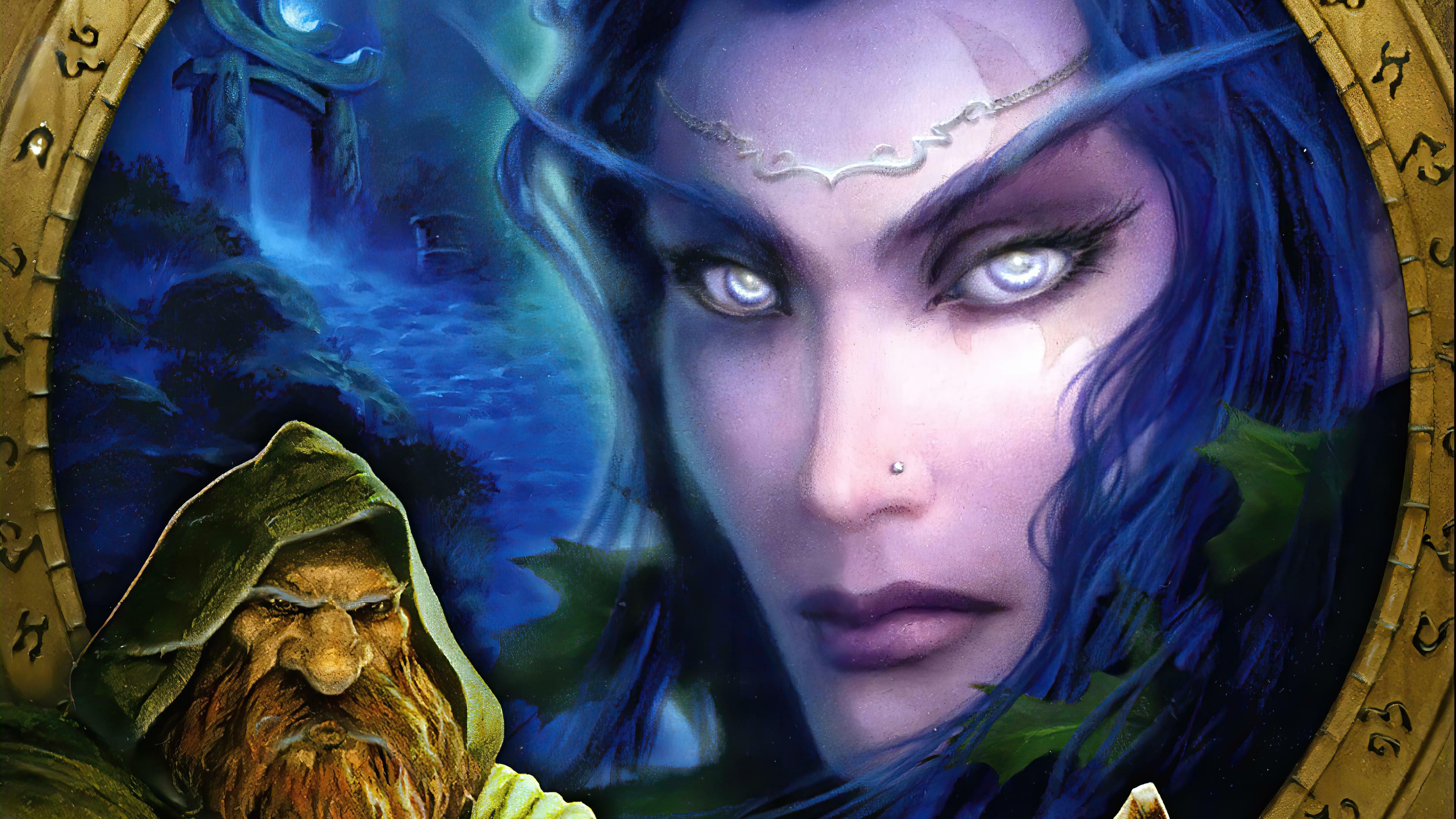
A special sound effect lets players know when they’ve finished a quest and received their rewards. Different sounds for interacting with mailboxes and vendors help players quickly find the service they need in crowded areas. During raids, boss emotes and the sounds of their abilities signal when players need to move or time their actions correctly. Blizzard Entertainment designed these sounds to help manage important information during large battles, both against computer-controlled enemies and other players.
‘Metroid’ (1986)
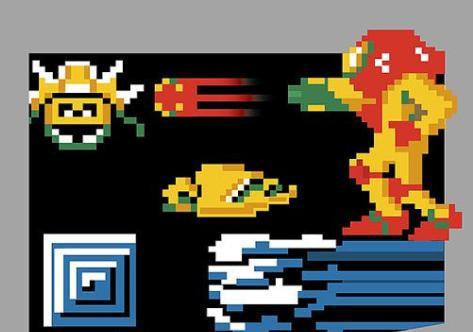
Satisfying sounds like unlocking doors and finding new items mark progress while you explore. Rolling into a ball and using bombs clearly show how to navigate narrow areas. Distinct beeps for energy and missile reloads let you manage your resources without constantly looking at the screen. Nintendo’s development team prioritized clear audio cues and a simple on-screen display to guide players.
Share the sound you recognized first—and the one you think we missed—in the comments!
Read More
- Broadcom’s Quiet Challenge to Nvidia’s AI Empire
- Trump Ends Shutdown-And the Drama! 🎭💸 (Spoiler: No One Wins)
- Gold Rate Forecast
- METH PREDICTION. METH cryptocurrency
- How to Do Sculptor Without a Future in KCD2 – Get 3 Sculptor’s Things
- South Korea’s KRW1 Stablecoin Shocks the Financial World: A Game-Changer?
- HBAR’s Desperate Dance: Can It Break Free from Bear Market Ballet? 💸
- Blockchain Freeze Fest: 16 Blockchains and the Power to Lock Your Wallet 🎭🔒
- CNY JPY PREDICTION
- 10 TV Episodes So Controversial They Were Banned Forever
2025-11-18 08:20